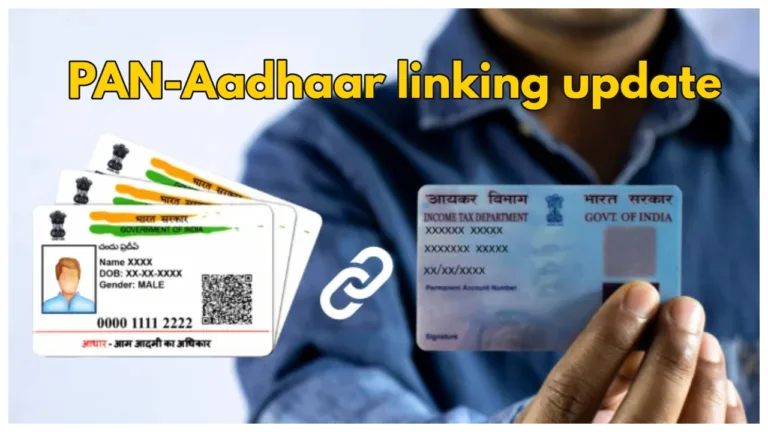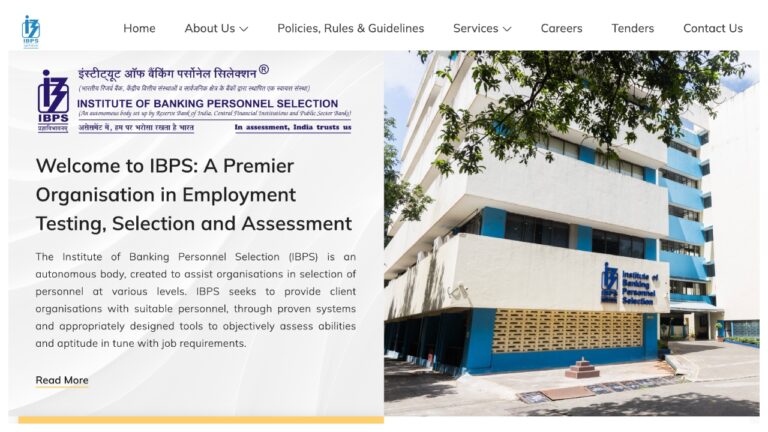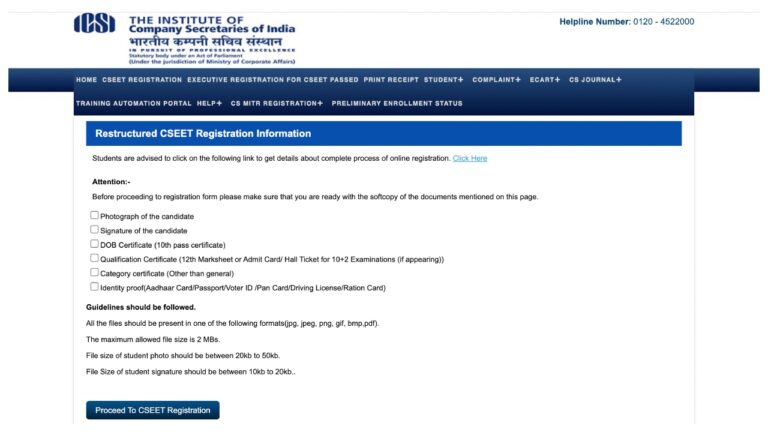Inflation is skyrocketing in the education sector. It’s not just professional courses; even school fees for kids are getting super pricey. Parents are finding it tough to afford higher education for their children. Because of this, many are turning to education loans. With an education loan, students borrow money from the bank to cover their educational expenses, and they start paying it back in installments once they land a job. Today, we’ll break down the different types of education loans available and their perks.
There are 4 types of education loans:
1. Undergraduate Loans: This loan helps cover college expenses after high school.
2. Post Graduate Loans: After finishing your undergrad, you can use this loan for further studies.
3. Professional Advancement Loans: Designed for courses that enhance skills, certifications, and careers.
4. Parents Loan: Parents can take out loans to support their children’s education.
Features of Education Loans:
1. You can borrow up to Rs 1 crore with an education loan.
2. The repayment period is flexible, allowing you to pay it back over 15 years.
3. Loans can be used for studies both in India and abroad.
4. Some lenders even release part of the loan before you get your visa for studying overseas.
5. Female students and children of bank employees often enjoy discounts on education loans.
6. There’s no repayment required for a year after finishing the course.
Online Application Process
Step 1: Head over to the website of the bank you want to apply to.
Step 2: Navigate to the education loan section on the site.
Step 3: Complete the application form with all the necessary details.
Step 4: Upload the required documents, including your ID proof, address proof, and educational certificates.
Step 5: The bank will review your application, and if everything checks out, they’ll deposit the funds into your account.
Offline Application Process
Step 1: Go to the nearest branch of your chosen bank.
Step 2: Request the education loan application form.
Step 3: Fill out the form with your personal information.
Step 4: Hand in the completed form along with all necessary documents for verification.
Step 5: The bank will assess your application, and once approved, the funds will be transferred to your account.










